In today's digital age, email has become a crucial tool for networking and building professional relationships. Proper email etiquette is essential when introducing people via email, as it sets the tone for the interaction. From securing permission and information for the introduction to crafting engaging emails and efficiently managing responses, this article will provide you with all the tips and techniques you need to successfully bridge connections through email introductions.
So, let's dive in and master the art of introducing someone via email!
Key Takeaways:
Proper email etiquette is crucial when introducing someone via email, as it sets the tone for the interaction.
Always secure permission and necessary information before making an introduction, as it shows respect for both parties involved.
Crafting an engaging subject line and opening sentence, explaining the purpose, and ending on a positive note are key elements of a successful introduction email.
Email Etiquette for Introducing People via Email
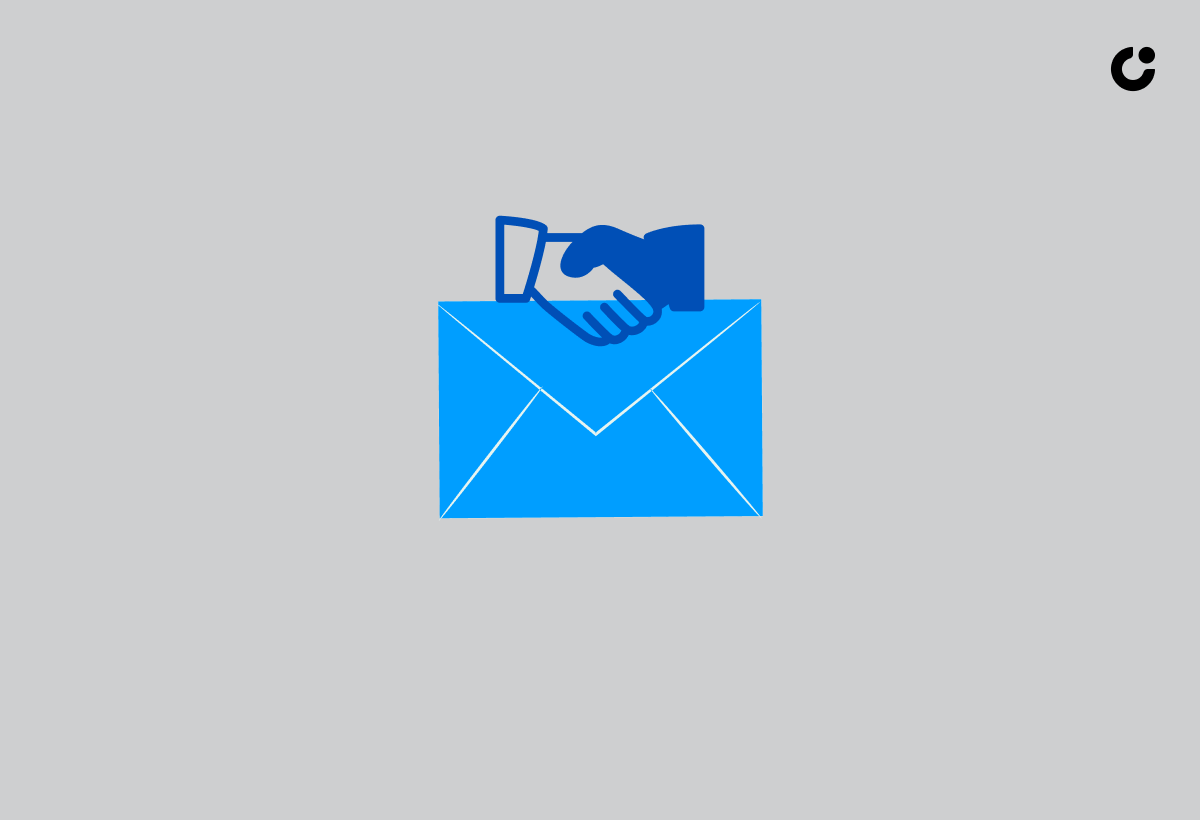
When introducing people via email, it is crucial to follow proper email etiquette to establish a professional and respectful connection between all parties involved.
Professionalism in email introductions sets the tone for future interactions and reflects positively on your credibility, attention to detail, and respect for others' time. A well-crafted introduction email showcases your communication skills and leaves a lasting impression on recipients.
Clarity is key to ensuring that the purpose of the introduction is understood, avoiding any confusion or misunderstandings. Being timely in your responses demonstrates reliability and commitment, which are vital for fostering trust and building strong relationships in your professional network.
Importance of Proper Email Etiquette
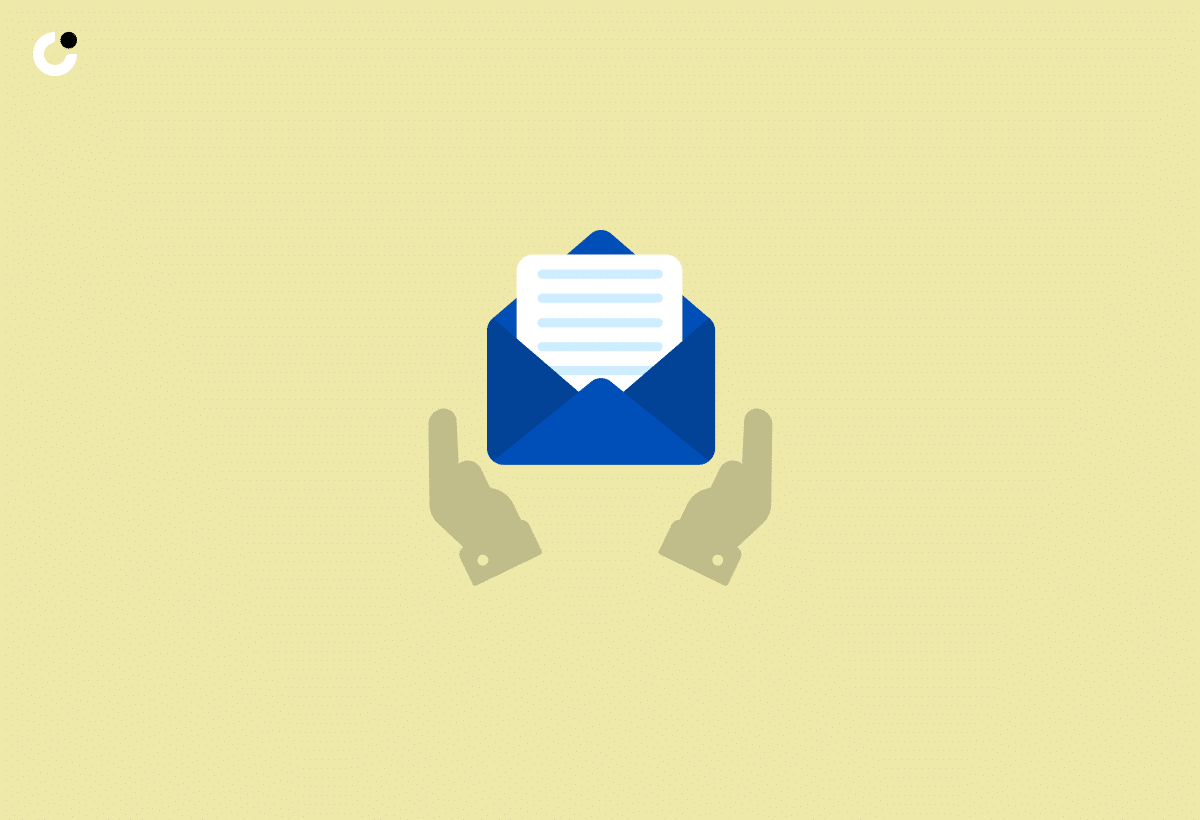
Proper email etiquette plays a pivotal role in shaping effective communication, fostering positive relationships, and creating lasting first impressions.
When email etiquette is adhered to, individuals convey respect and professionalism, which are essential for maintaining healthy interactions. For instance, being attentive to grammar and tone can prevent misunderstandings and miscommunications, thus avoiding unnecessary conflicts. On the other hand, a lack of email etiquette can lead to strained relationships and tarnished reputations. An example of this is when an improper email tone is interpreted as rudeness, causing friction between colleagues and damaging teamwork.
Key Aspects of Email Etiquette in Introductions

In introductions via email, key aspects of email etiquette include establishing a meaningful connection, leveraging your professional network, and contributing to brand building efforts.
When crafting an introduction email, it is pivotal to personalize the message to the recipient. Begin by addressing them by their name and expressing genuine interest in connecting. Highlight mutual connections as it adds credibility and familiarity to the introduction, making the recipient more receptive.
Ensure that the tone of your email aligns with the brand's values and voice. This conveys professionalism and consistency, reflecting positively on you and the brand you represent.
Securing Permission and Information for the Introduction

Before proceeding with an introduction email, it is imperative to secure the necessary permission and consent from all involved parties to respect their privacy and preferences.
When introducing individuals via email, it is crucial to honor their right to privacy and establish mutual respect for their personal boundaries. By obtaining consent beforehand, you not only demonstrate ethical conduct but also foster trust and goodwill among the parties involved.
When requesting permission for an introduction, it is important to be transparent about the purpose and scope of the email. Clearly outline how the introduction will benefit all parties and seek approval from each individual before proceeding.
Respecting privacy and seeking consent go hand in hand in ensuring that relationships are built on a foundation of trust and respect for personal boundaries.
Significance of Obtaining Consent
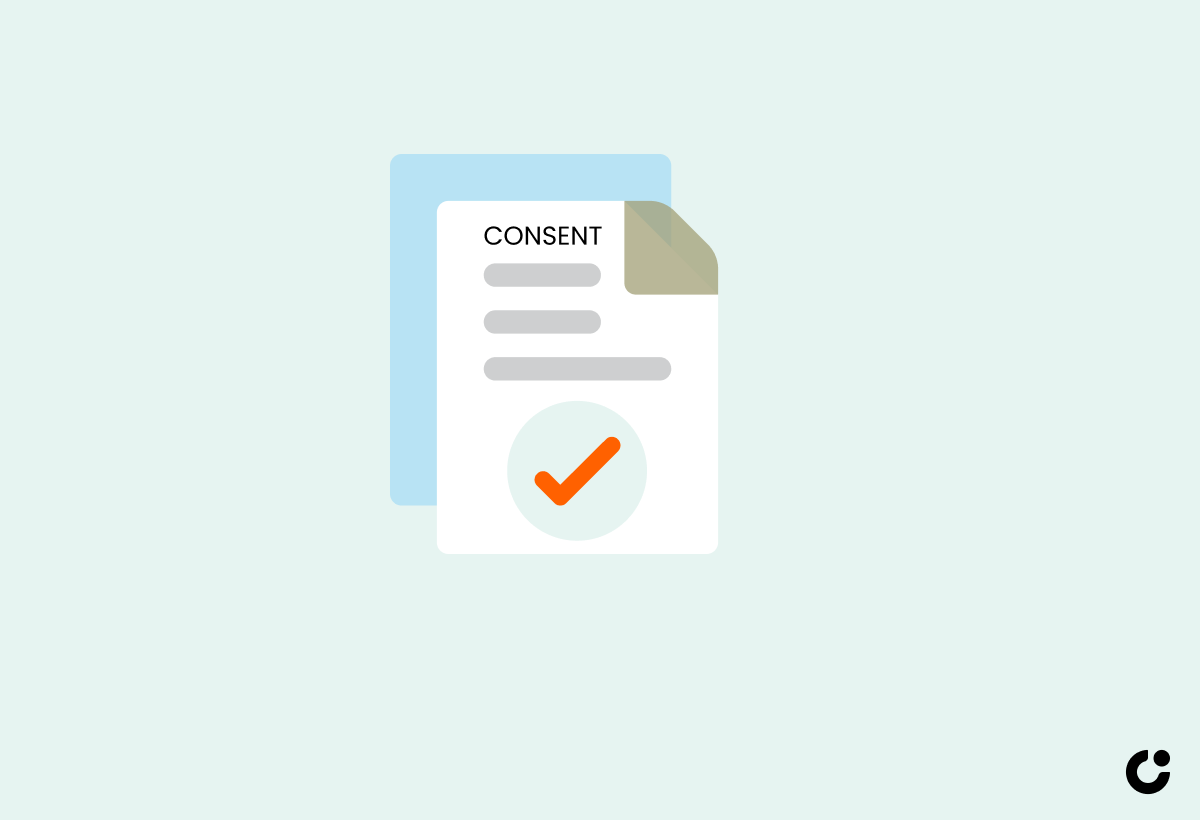
Obtaining consent before making introductions via email is essential not only for respecting privacy but also for nurturing relationships and adding a personal touch to the communication.
When sending an email introduction, it is vital to establish a foundation of trust and mutual respect by seeking permission from both parties involved. By doing so, you demonstrate a profound level of consideration for the individuals' preferences and boundaries, which is fundamental in any form of communication. This gesture not only fosters a positive atmosphere but also sets a tone of professionalism and courtesy.
Inserting a personal touch in your emails can significantly enhance the connection between all parties. Whether it's acknowledging a common interest, mentioning a shared experience, or simply addressing the recipient by their preferred name, these small gestures go a long way in creating a more meaningful and engaging interaction.
Best Practices for Securing Consent
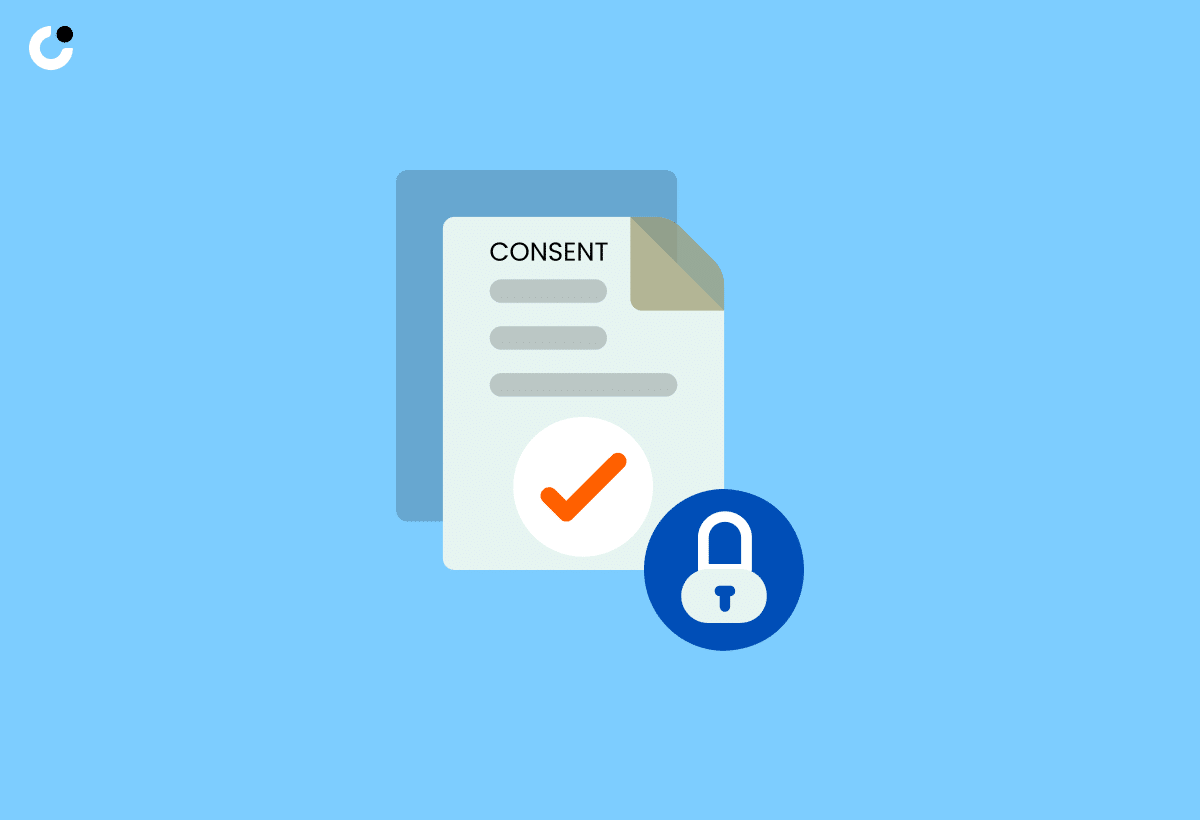
Implementing best practices for securing consent before introductions via email is essential to uphold professional relationships, respect privacy, and ensure the comfort of all parties involved.
Transparency plays a crucial role in this process, as individuals must be informed of the reason for the introduction and how their information will be used. Providing a clear opt-in mechanism, such as a checkbox, allows recipients to actively agree to the introduction, emphasizing their consent. Equally important is the option for individuals to decline the introduction without any repercussions, fostering a sense of autonomy and control over their personal data.
Building trust through honest and respectful communication is key to obtaining genuine consent. Individuals should feel confident that their privacy is valued and that their information will be handled responsibly. By prioritizing privacy and trust in email introductions, professionals can set a positive tone for the relationship from the start, enhancing mutual respect and understanding.
Requesting and Utilizing Information for the Introduction
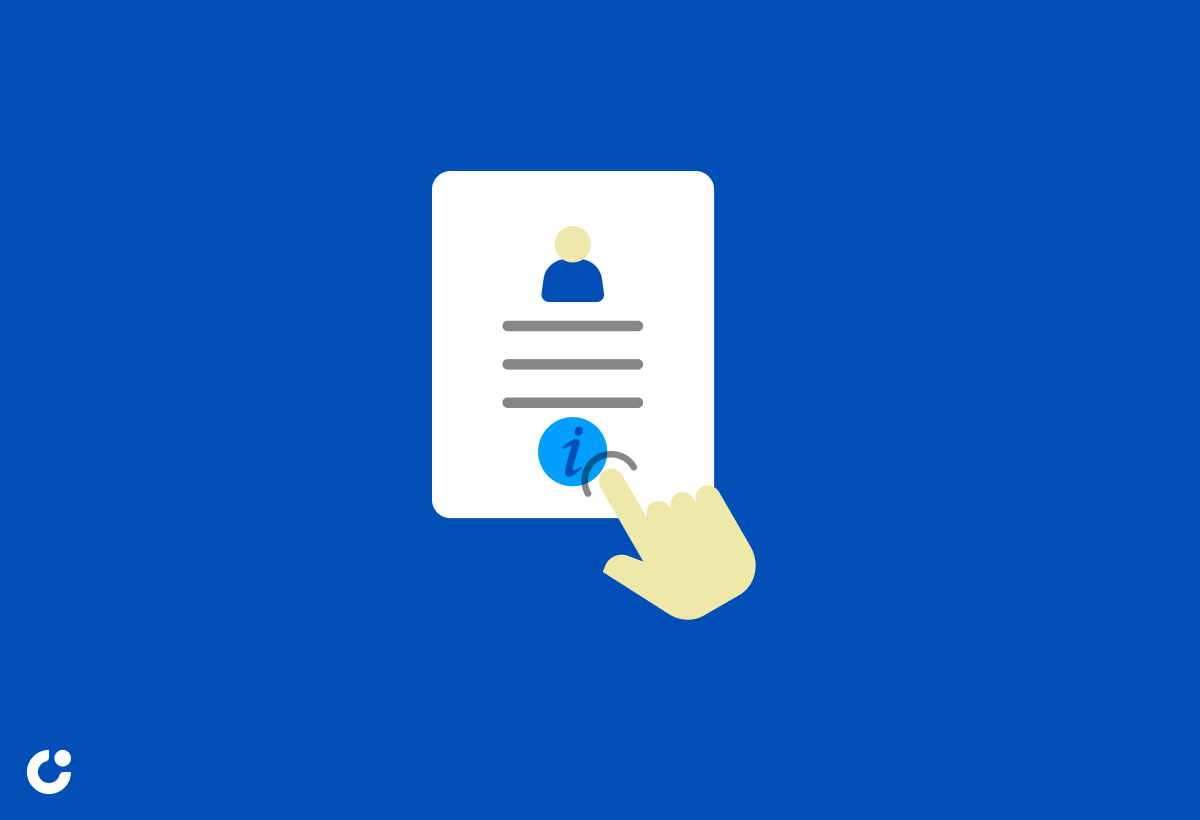
Requesting and effectively utilizing information for an introduction email can significantly enhance the relevance and impact of the communication, fostering stronger relationships and connections.
When reaching out to parties for an introduction, it's essential to personalize your request. Mention a recent project, mutual connection, or shared interest that can serve as a conversation starter. Personalization demonstrates genuine interest and can set the tone for a more meaningful exchange.
Considering the context of the introduction is crucial. Understand the purpose behind the introduction and highlight relevant information that aligns with those objectives. This contextual information can help you tailor your message effectively.
Crafting an Introduction Email

Crafting an effective introduction email requires attention to detail, professionalism, and a personalized approach to ensure a positive initial interaction between the parties.
A compelling subject line acts as the gateway to your email, enticing the recipient to open it. It should be concise yet engaging, providing a glimpse of what's to come within the email.
Personalization is key, as it can significantly increase the chances of your email being read.
Moving on, a warm and appropriate greeting sets the tone for the conversation ahead, establishing a sense of cordiality from the outset.
Setting the right context in the introduction is crucial. Clearly stating who you are, why you are reaching out, and what you hope to achieve helps the recipient understand the purpose of your email.
Remember, professionalism and clarity in your content are vital to leaving a lasting impression. Avoid jargon and keep the communication concise and to the point, demonstrating respect for the recipient's time and attention.
Crafting an Engaging Subject Line

The subject line in an introduction email serves as the first point of contact and should be crafted to be engaging, professional, and indicative of the email's purpose.
Creating a compelling subject line involves capturing the recipient's attention while providing a glimpse of what the email contains. Keep it concise but informative, focusing on clarity, timeliness, and relevance. For example, instead of 'Introduction', try 'Exclusive Invitation to Learn Key Strategies'. Such subject lines set expectations and entice the reader to open the email.
Clarity is crucial to ensure the recipient understands the email's intent at a glance.
Timeliness can be emphasized with words like 'Limited Time Offer' or 'Ending Soon'.
Relevance can be highlighted by personalizing the subject line based on the recipient's interests or needs.
A well-crafted subject line can significantly impact the open rate, as it influences the recipient's initial impression of the email's value and relevance. It sets the tone for the communication and determines whether the email will be opened and engaged with.
Formulating an Engaging Opening Sentence

The opening sentence of an introduction email sets the tone for the rest of the communication, acting as a bridge to establish a connection and convey the purpose of the introduction.
It is crucial to craft this initial sentence thoughtfully to engage the reader and entice them to continue reading. One effective approach is to personalize the opening by referencing shared experiences, mutual connections, or relevant accomplishments. This can demonstrate genuine interest and create a sense of familiarity, making the recipient more receptive to the message. By acknowledging common ground or mentioning a shared interest, you create a connection that goes beyond the surface level, setting the stage for a more meaningful interaction.
Explaining the Purpose of the Introduction

Clearly articulating the purpose of the introduction in an email is essential to provide context, establish relevance, and facilitate smooth communication between the parties involved.
When crafting an introduction, whether it be for a potential business partnership, networking opportunity, or otherwise, clarity is key.
A well-crafted introduction should clearly define the reason for the connection, set out the desired outcomes, and pique the interest of the recipients. By succinctly outlining what each party stands to gain from the interaction, you enhance the chances of a positive response and productive engagement. In a world where time is precious, keeping introductions concise and focused boosts the probability of a successful outcome.
Ending on a Positive Note

Concluding an introduction email on a positive note is crucial to leave a lasting impression, foster goodwill, and set the stage for future interactions and relationship development.
One effective way to conclude an introduction email with grace is by expressing appreciation for the recipient's time and attention. It's essential to thank them for considering your message and showing interest in possible collaboration. Offering to provide further information or assistance demonstrates your willingness to engage and support their needs. Remember that maintaining a professional and courteous tone throughout the email is key to leaving a favorable impression. Closing the email with a warm closing remark and a polite sign-off reinforces the positive tone of your message.
Efficient Techniques for Writing and Responding to Introduction Emails

Mastering efficient techniques for both writing and responding to introduction emails can streamline communication, enhance timeliness, and contribute to building strong professional relationships.
To compose effective introduction emails, it's crucial to start with a clear and concise subject line that captures the recipient's attention. Use proper salutations and introductions to set a professional tone right from the beginning. Maintain a friendly yet professional demeanor throughout the email, balancing warmth with a business-oriented approach.
When responding to introduction emails, promptness is key. Aim to reply within 24-48 hours to show respect for the sender's time and interest. Utilize email templates or canned responses for frequently asked questions or common inquiries to save time and maintain consistency.
Rapidly Composing Introduction Emails
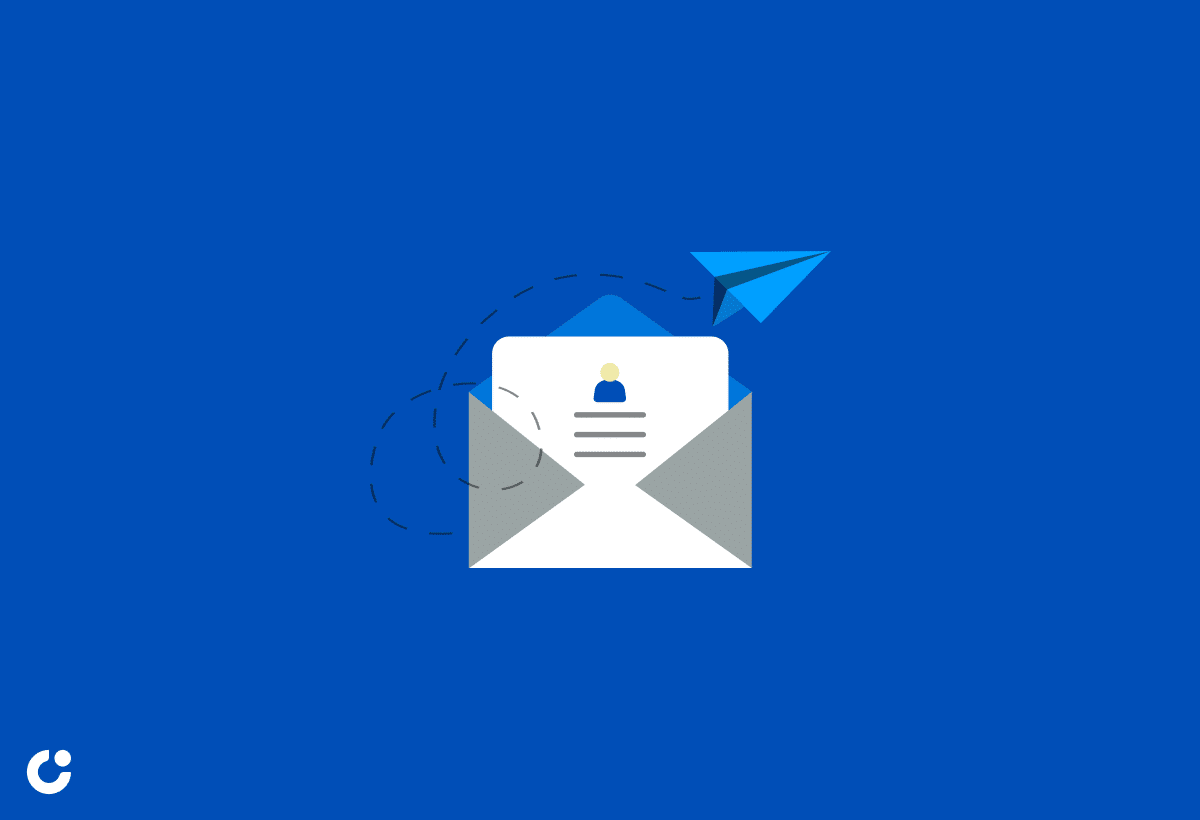
Developing the skill to rapidly compose introduction emails is valuable for maintaining timely communication, demonstrating professionalism, and initiating connections promptly. The given text is already well-formatted with HTML tags. No further modifications are needed.
Swift Responses to Introduction Emails
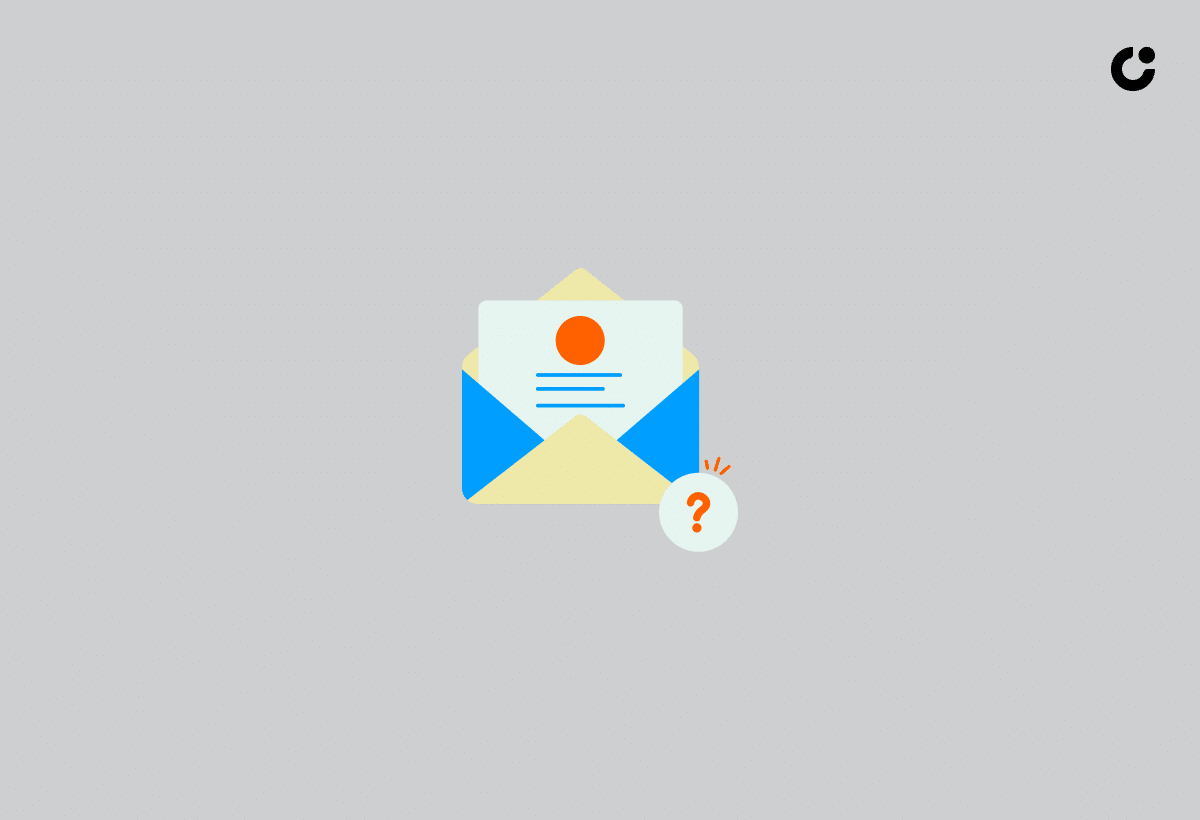
Responding promptly to introduction emails showcases respect, attentiveness, and a commitment to effective communication, fostering positive relationships and professional connections.
When acknowledging receipt of an introduction email, it is essential to convey your gratitude for the outreach, signaling that you value the connection. By expressing appreciation for the introduction, you are not only acknowledging the effort made by the sender but also setting a positive tone for the interaction.
Initiating further dialogue promptly demonstrates your eagerness to engage and build on the new connection. This proactive approach not only deepens the relationship but also highlights your responsiveness, which is key in leaving a lasting impression of professionalism.
Optimizing Time Management

Effective time management when handling introduction emails is essential for maximizing productivity, enhancing communication efficiency, and building strong professional networks.
Setting specific email response times is crucial to avoid unnecessary delays and ensure timely interactions. By establishing priorities for communication tasks, individuals can streamline their inbox management process and focus on high-value correspondence. Utilizing tools such as email filters, labels, and automated responses can further optimize email organization, allowing for quicker retrieval of important messages and reducing the risk of overlooking critical information.
Related Resources

Explore additional resources and guides on related topics to further enhance your skill in crafting introduction emails, networking effectively, and mastering the art of follow-up communication.
Regarding crafting introduction emails, it's crucial to strike the right balance between professionalism and warmth. An article from Harvard Business Review offers valuable insights into the dos and don'ts of composing impactful initial correspondences.
For those looking to boost their networking strategies, a comprehensive template provided by Forbes can guide you through creating a compelling elevator pitch to leave a lasting impression on potential connections.
To refine your follow-up practices, an informative blog post from Inc. dives into the importance of timely responses and persistence without being pushy. Utilizing email tracking tools like Mailchimp or HubSpot can help you monitor engagement levels and tailor your subsequent communications accordingly.
How to Introduce Yourself via Email

Learning how to introduce yourself effectively via email is a valuable skill that can open doors to new opportunities, establish connections, and showcase your professionalism.
When crafting a self-introduction email, it's essential to start with a clear and concise subject line that captures the recipient's attention. Keep the body of the email brief, focusing on key points about yourself, such as your name, profession, and any relevant achievements. Personalize each email by addressing the recipient by their name and explaining how you came to connect with them or why you are reaching out. Mention any mutual connections or shared interests to create a sense of rapport.
Ensure your email is well-formatted, with proper grammar and punctuation. Use a professional tone and avoid overly casual language. In the closing, express your gratitude for the recipient's time and consideration. End the email with a polite sign-off and your contact information for easy follow-up. Remember, the goal of a self-introduction email is to make a memorable first impression, so take the time to tailor each message to the recipient and showcase your unique qualities in a professional manner.
Networking Email Guide
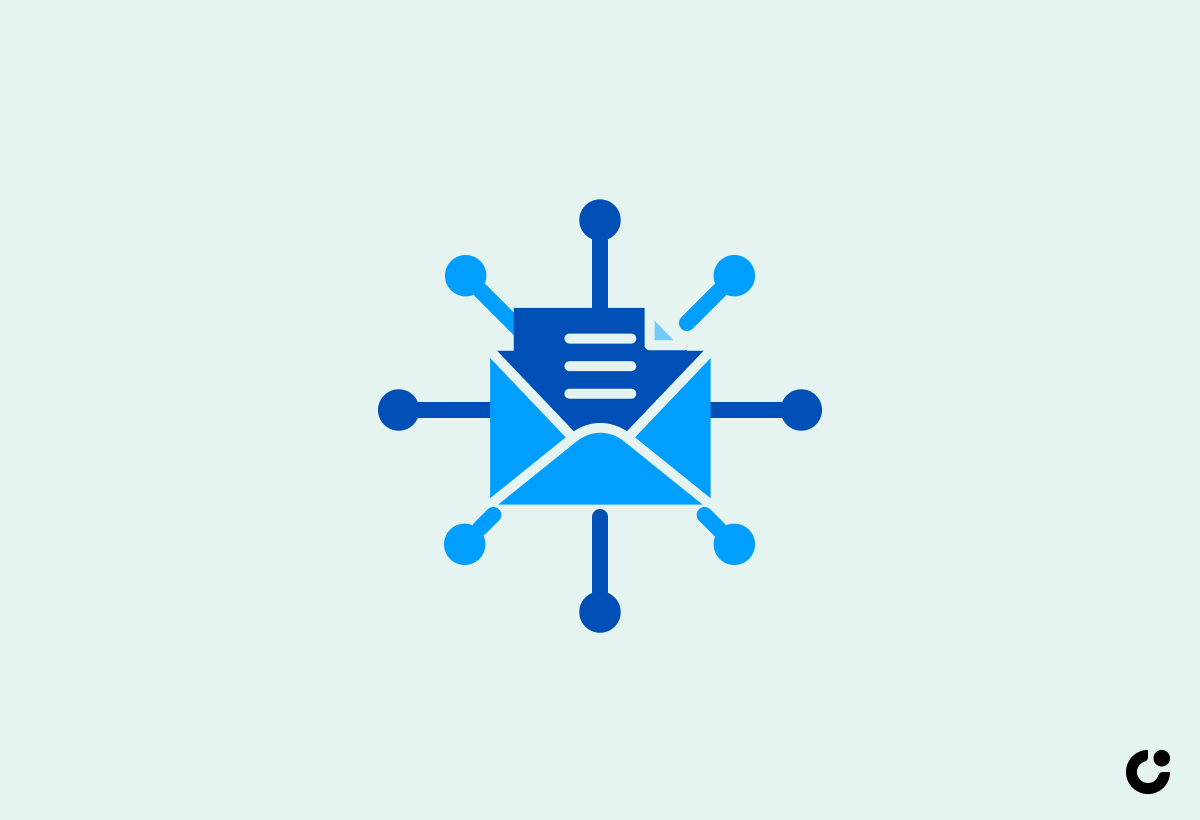
Mastering the art of networking through email requires strategic planning, genuine engagement, and a proactive approach to nurturing professional relationships.
In today's digital age, email has become a vital tool for expanding your professional circle and opening doors to new opportunities. When initiating connections, ensure your emails are personalized and concise, demonstrating a clear understanding of the recipient's background and interests.
Building rapport is key; ask questions, share insights, and show genuine interest in fostering a mutually beneficial relationship. Remember to maintain regular communication to stay top of mind, but be mindful of not overwhelming your contacts. By leveraging your network for opportunities, such as job referrals, collaborations, or knowledge sharing, you can harness the power of your connections to propel your career forward.
Follow-Up Email Writing Tips
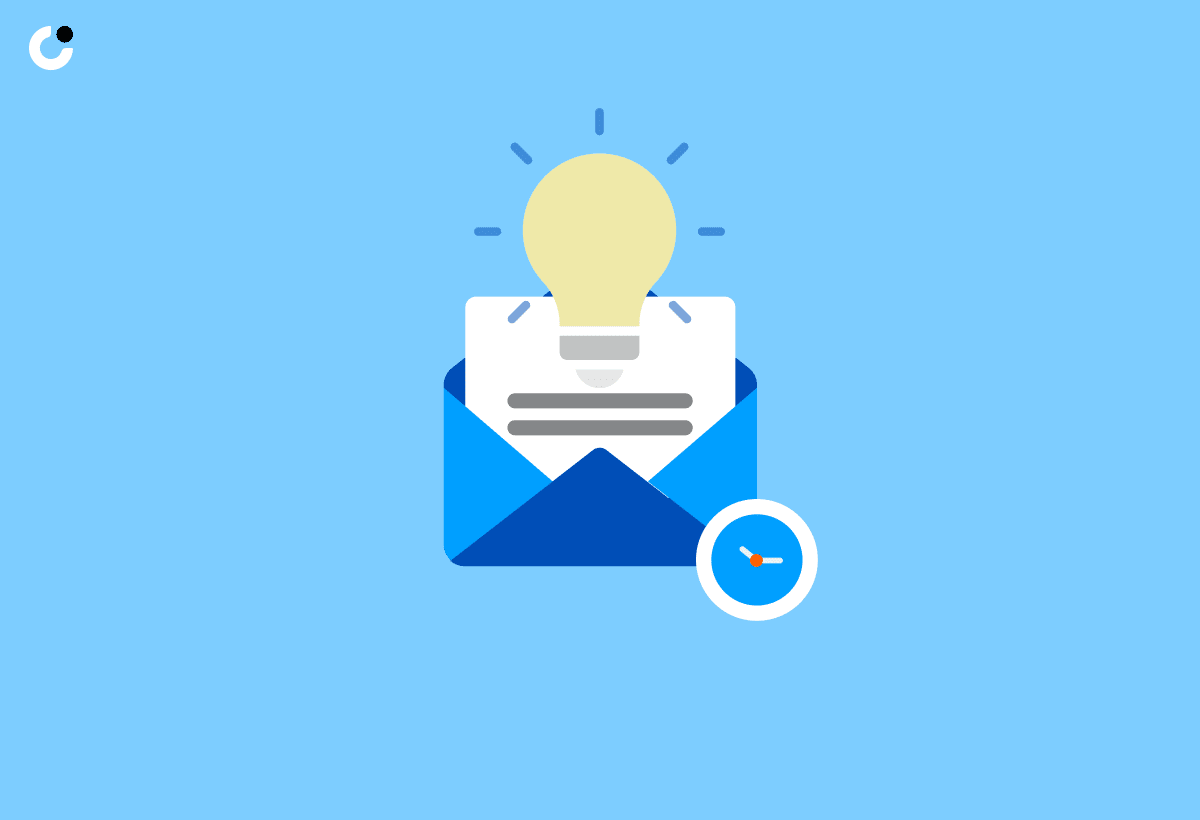
Crafting impactful follow-up emails is essential for reinforcing connections, expressing gratitude, and furthering professional relationships through effective communication.
Regarding expressing appreciation in follow-up emails, a sincere and specific 'thank you' can go a long way in showing genuine gratitude. Consider mentioning a particular detail or action that stood out during your interaction, making the recipient feel acknowledged and valued.
Moreover, nurturing ongoing relationships involves more than just one follow-up email. Follow-up should be consistent but not overwhelming, building rapport over time. Acknowledge any feedback received and show willingness to address any concerns or suggestions provided, illustrating your commitment to improving and maintaining a positive connection.
Frequently Asked Questions
How can I bridge connections and introduce someone via email?
To bridge connections and introduce someone via email, you can follow a simple format of greeting, introducing the person you are connecting with, and providing some background information or context for the introduction.
Can you provide an example of a proper introduction via email?
Sure, here's an example: "Dear [Recipient's Name], I would like to introduce you to [Name of Person]. [Name of Person] is the [Title/Position] at [Company/Organization] and has a wealth of experience in [Relevant Field/Industry]. I believe [Name of Person] would be a valuable connection for you and I wanted to facilitate an introduction between the two of you. [Additional information or context]. Please feel free to connect and explore potential opportunities together. Best regards, [Your Name]"
What information should I include in the introduction email?
In the introduction email, you should include the full name and title/position of the person you are introducing, their company or organization, relevant experience or expertise, and any other information that may be helpful in establishing a connection or providing context for the introduction.
Is it necessary to ask for permission before introducing someone via email?
Yes, it is always polite and respectful to ask for permission before introducing someone via email. You can send a quick message to the person you would like to introduce and ask if they would be open to connecting with the other individual. This also allows them to decline the introduction if they are not interested or too busy.
What if I don't know the person I am introducing very well?
If you don't know the person you are introducing very well, it is best to keep the introduction brief and focus on highlighting their relevant experience or expertise. You can also ask for more information or context from the person you are introducing, so you can provide a more personalized and meaningful introduction.
Can I introduce someone via email without knowing them personally?
Yes, you can introduce someone via email without knowing them personally. However, it is important to do some research and gather information about the person you are introducing, so you can provide a genuine and accurate introduction. Also, make sure to mention any mutual connections or interests that may help facilitate the introduction.

